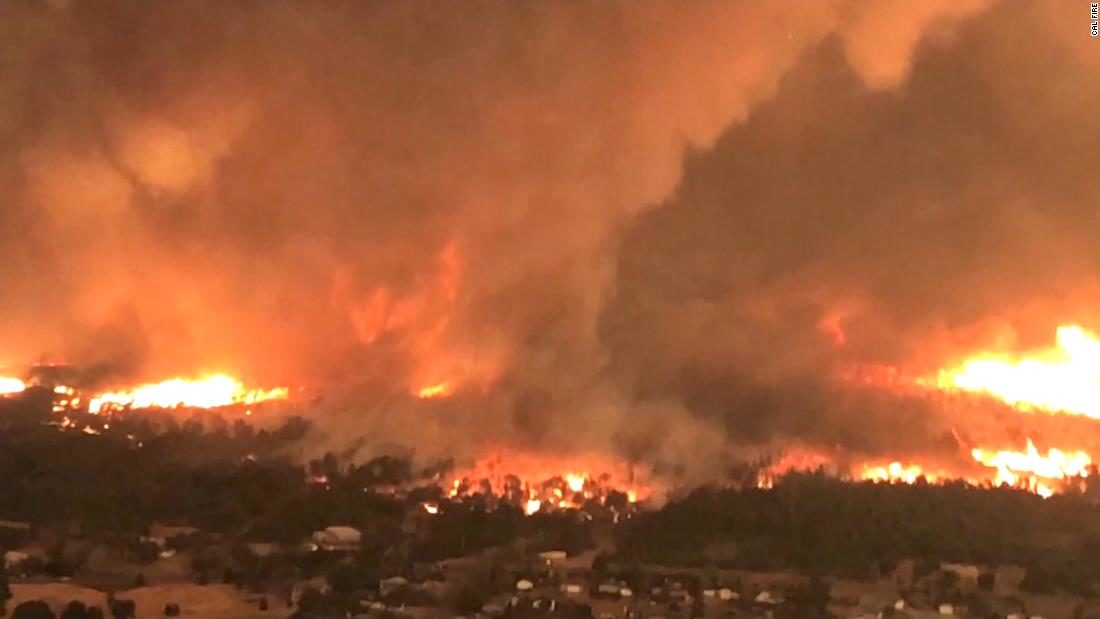OF THE
TIMES
"The purpose of GLADIO was to attack civilians, the people - women, children, innocent people, unknown people, far removed from any political game. The reason was quite simple: to force the public to turn to the State and demand greater security. Under a strategy of tension, you 'destabilize in order to stabilize', to create tension within society and promote conservative, reactionary social and political tendencies."
~ Italian neo-fascist whose prosecution led to the discovery of NATO's 'Gladio' networks across Western Europe
... former United Nations contributing author and retired UCL Professor Bill McGuire tweeted that the only "realistic way" to avoid catastrophic...
RFE/RL First, RFE/RL is an official US state department propaganda outlet. I don't need to read through it to know is is mostly BS and coping. A...
Excellent SOTT editor comments. Yes, NATO is in Ukraine covertly. NATO is the European military enforcer for the "rules-based order". They...
Quote: "he cited FBI chief Christopher Wray's testimony to Congress last April where he said that law enforcement officials fear that Crocus-like...
One of Kunstler's worst articles, though it was mostly a rant. All of what is happening in America is engineered. Most of the current American...
To submit an article for publication, see our Submission Guidelines
Reader comments do not necessarily reflect the views of the volunteers, editors, and directors of SOTT.net or the Quantum Future Group.
Some icons on this site were created by: Afterglow, Aha-Soft, AntialiasFactory, artdesigner.lv, Artura, DailyOverview, Everaldo, GraphicsFuel, IconFactory, Iconka, IconShock, Icons-Land, i-love-icons, KDE-look.org, Klukeart, mugenb16, Map Icons Collection, PetshopBoxStudio, VisualPharm, wbeiruti, WebIconset
Powered by PikaJS 🐁 and In·Site
Original content © 2002-2024 by Sott.net/Signs of the Times. See: FAIR USE NOTICE

Reader Comments
to our Newsletter